Mission type ISS assembly SATCAT no. 26862 Period 1.5 hours Launch date 12 July 2001 Landing date 25 July 2001 | COSPAR ID 2001-028A Orbits completed 200 Apogee 390,000 m Dates 12 Jul 2001 – 24 Jul 2001 | |
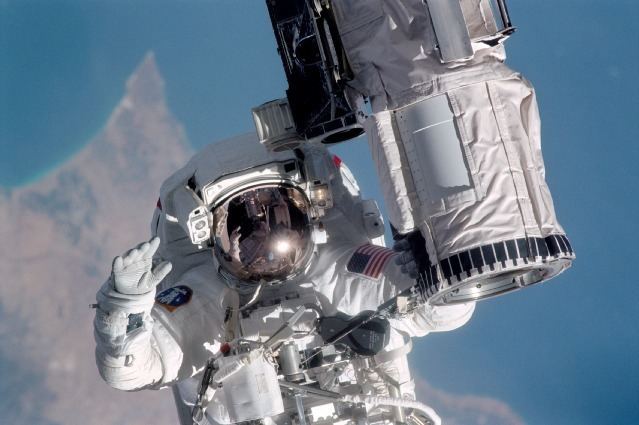 | ||
Mission duration 12 days, 18 hours, 36 minutes, 39 seconds Distance travelled 8,500,000 kilometres (5,300,000 mi) Members | ||
STS-104 was a Space Shuttle mission to the International Space Station (ISS) flown by Space Shuttle Atlantis. Its primary objectives were to install the Quest Joint Airlock and help perform maintenance on the International Space Station. It was successful and returned to Earth without incident, after a successful docking, equipment installation and three spacewalks.
Contents
- 2001 space shuttle flight 105 sts 104 atlantis nasa
- Mission highlights
- First flight of Block II SSME
- Space walks
- Wake up calls
- References
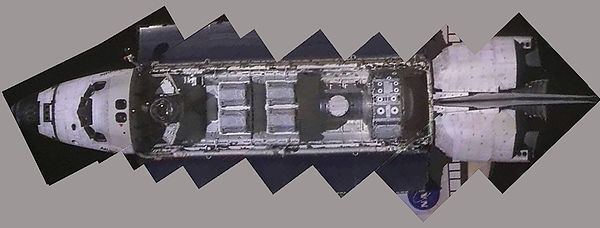
2001 space shuttle flight 105 sts 104 atlantis nasa
Mission highlights
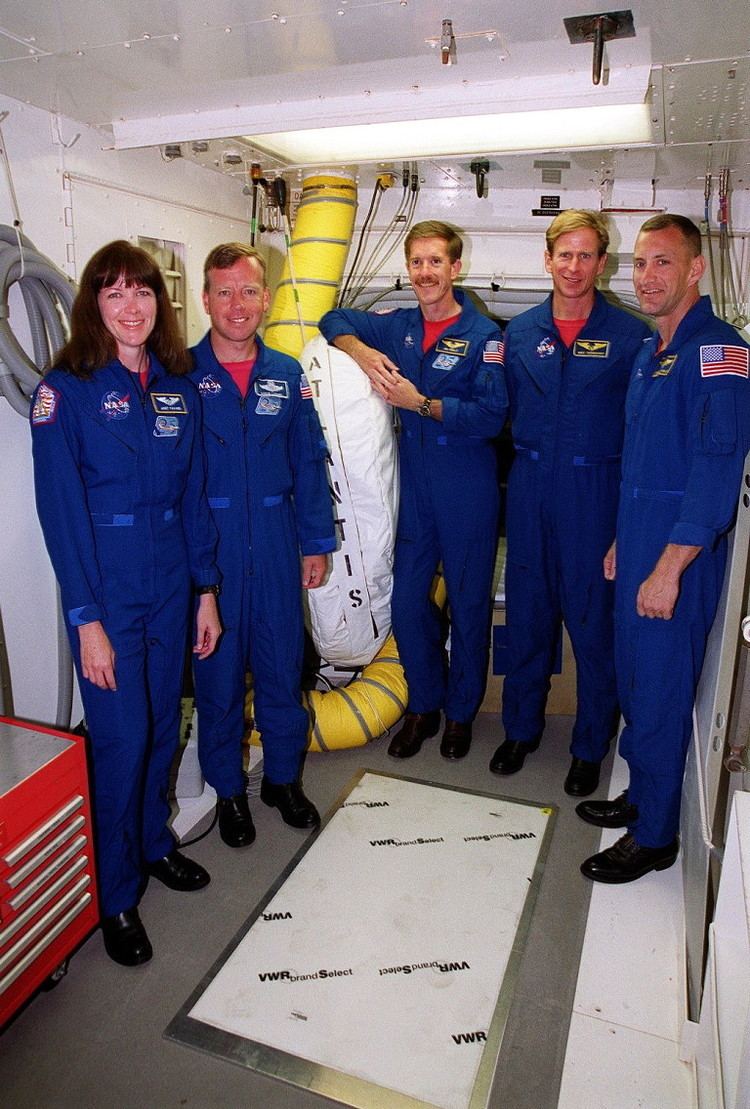
The primary purpose of the flight was to deliver and install the Quest airlock. The Joint Airlock is a pressurized flight element consisting of two cylindrical chambers attached end-to-end by a connecting bulkhead and hatch. Once installed and activated, the ISS airlock became the primary path for International Space Station space walk entry and departure for U.S. spacesuits, which are known as Extravehicular Mobility Units, or EMUs. In addition, the Joint Airlock is designed to support the Russian Orlan spacesuit for EVA activity.
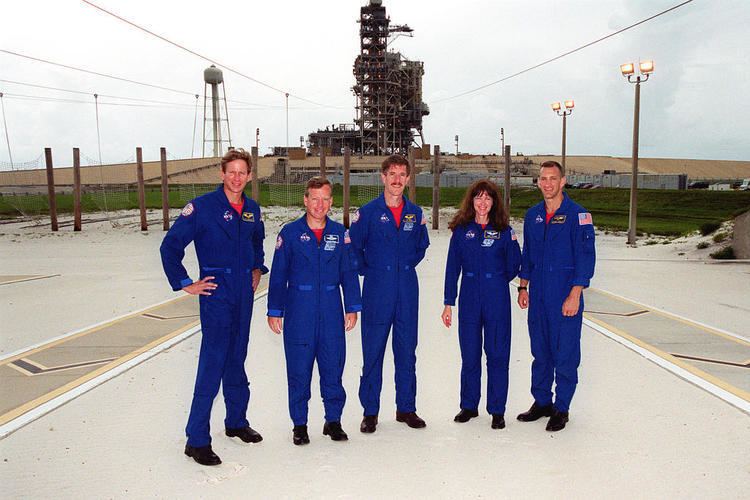
The Joint Airlock is 20 ft (6.1 m) long, 13 ft (4.0 m) in diameter and weighs 6.5 short tons (5.9 metric tons). It was built at the Marshall Space Flight Center (MSFC) by the Space Station Prime Contractor Boeing. The ISS-airlock has two main components: a crew airlock and an equipment airlock for storing EVA gear and EVA preflight preps. STS-104 also carries a spacelab pallet with four High Pressure Gas Assembly containers that were attached to the exterior of the airlock.
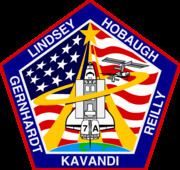
Mission Specialists Michael Gernhardt and James Reilly conducted three space walks while Space Shuttle Atlantis was docked to the International Space Station. They spent a total of 16 hours and 30 minutes outside. During the first space walk, Gernhardt and Reilly assisted in the installation of the airlock. During the second and third excursions, they focused on the external outfitting of the Quest airlock with four High Pressure Gas Tanks, handrails and other vital equipment. The third spacewalk was conducted from Quest itself.
First flight of Block II SSME

STS-104 was the first shuttle mission to fly with a "Block II" SSME. Post-launch analysis indicated an anomaly occurred when the engine was shut down. The cause was determined and the mitigation approach was demonstrated on the STS-108 flight in November 2001.
Space walks
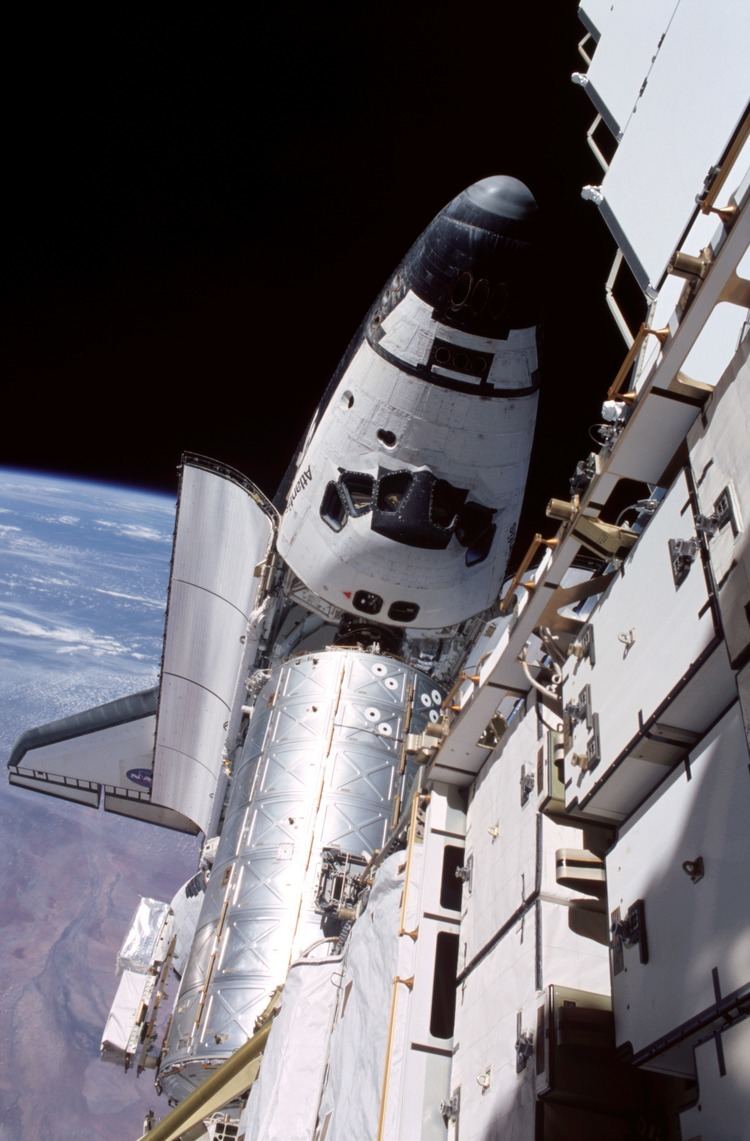
Wake-up calls

NASA began a tradition of playing music to astronauts during the Gemini program, which was first used to wake up a flight crew during Apollo 15. Each track is specially chosen, often by their families, and usually has a special meaning to an individual member of the crew, or is applicable to their daily activities.
